Talk Overview
During graduate school, Anita Sil combined science and taekwondo, as she started taekwondo as a new way to get a good workout. Years later she was still at it, ultimately earning the highest honor- a black belt. Sil believes that many of the lessons of taekwondo, such as staying focused on long-term goals, also apply to science.
About the interviewer: Linet Mera is a graduate student in the Tetrad program at UCSF.
Speaker Bio
Anita Sil
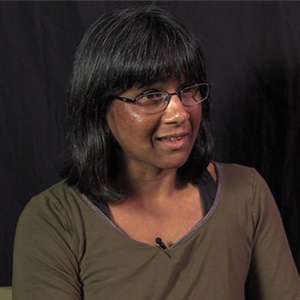
As a graduate student, Anita Sil worked on the yeast S. cerevisiae. When she started her own lab, however, she switched to studying the soil fungus and human pathogen Histoplasma capsulatum. Sil is now an associate professor of Microbiology and Immunology at the University of California, San Francisco and a Howard Hughes Medical Institute Early… Continue Reading
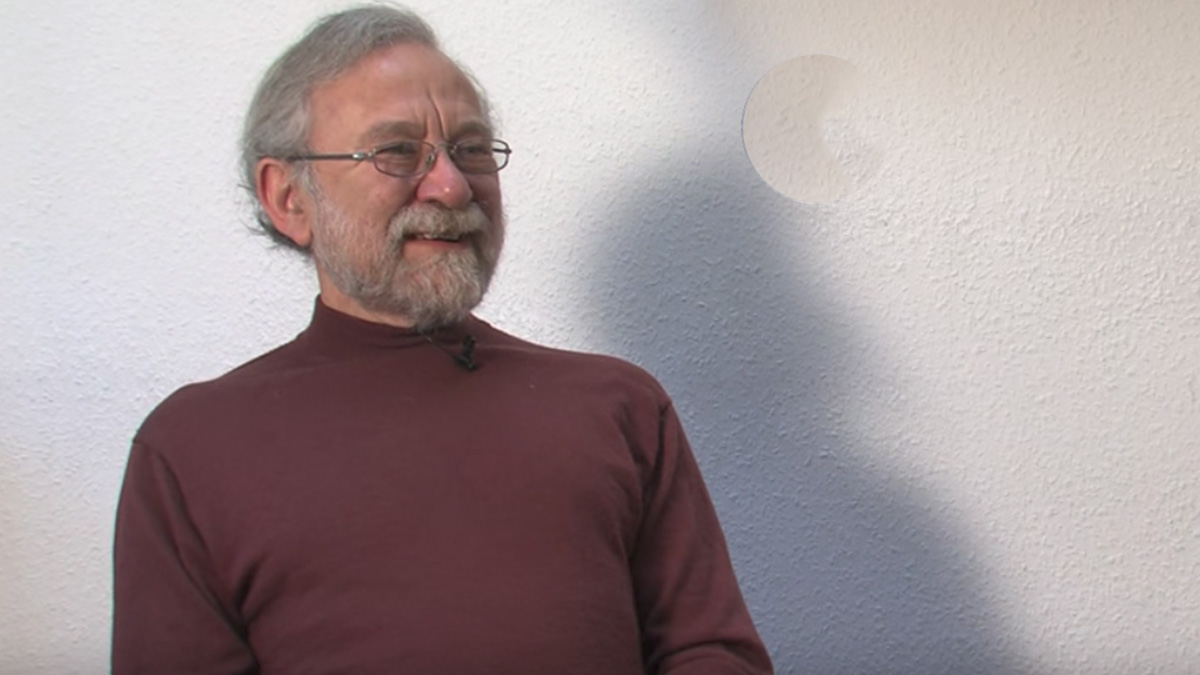
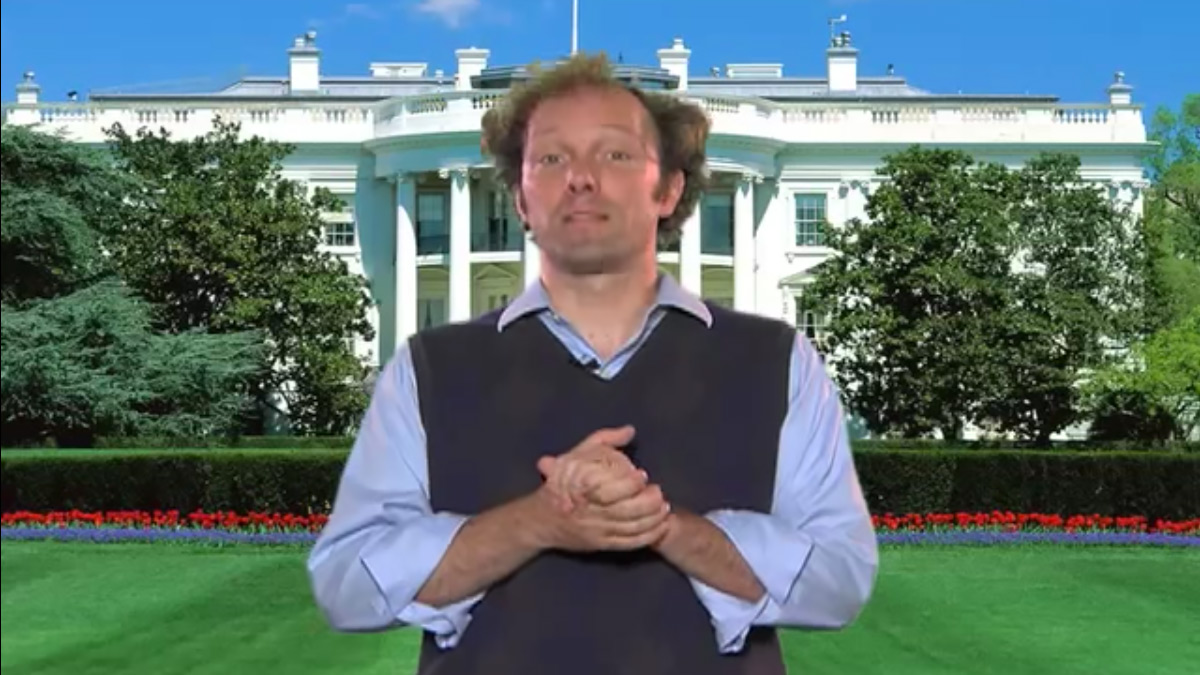
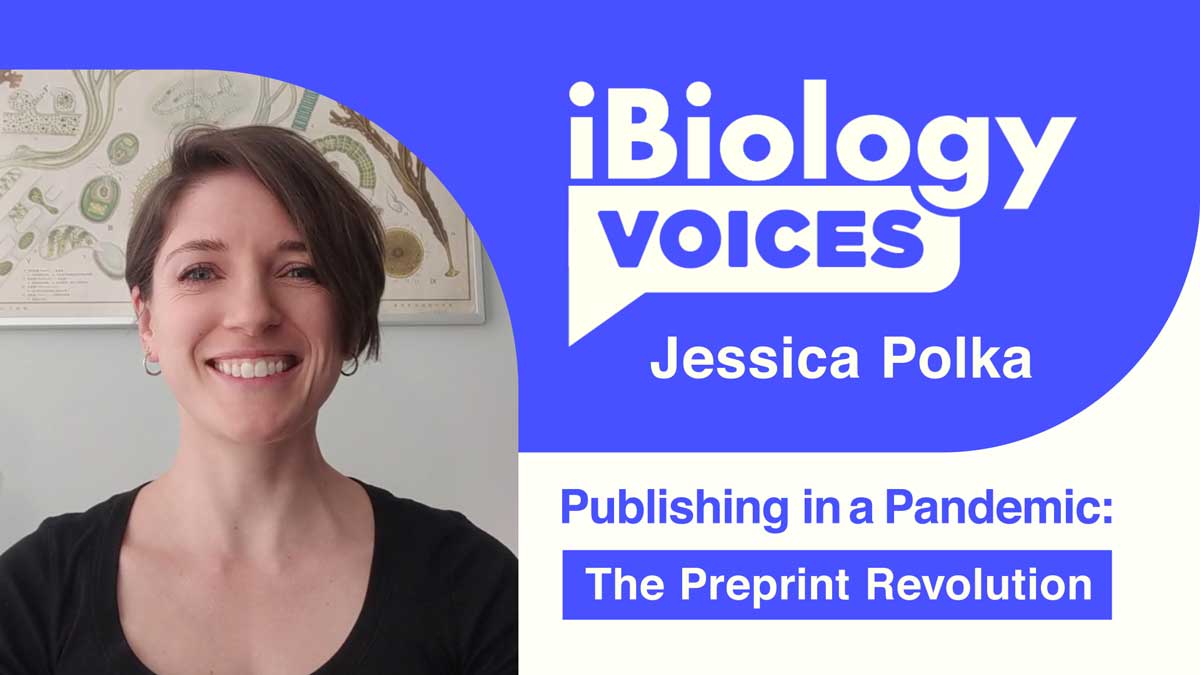

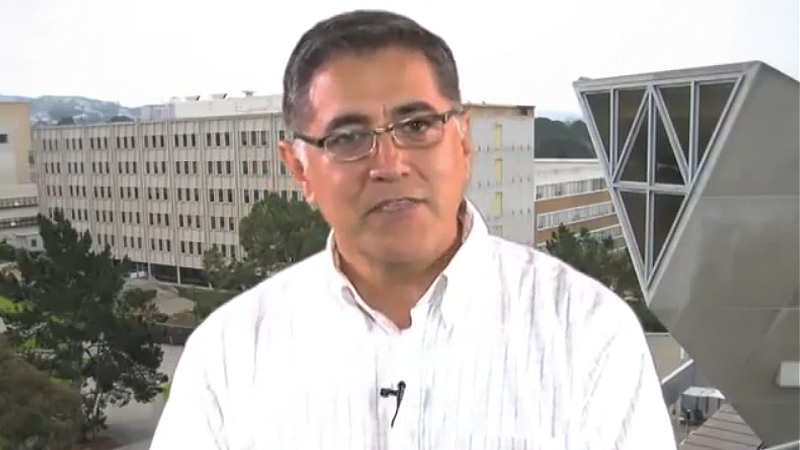
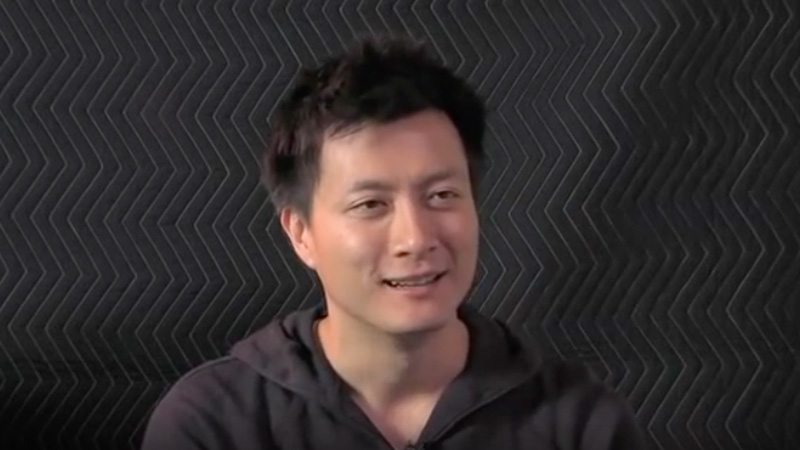
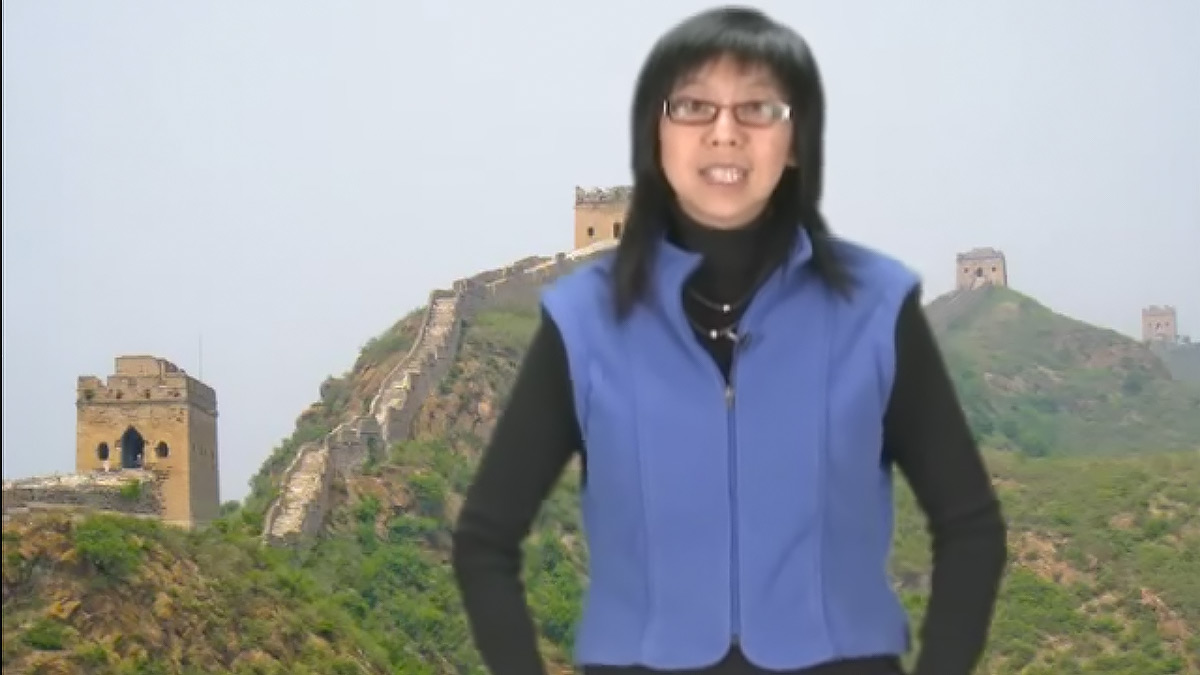




Leave a Reply